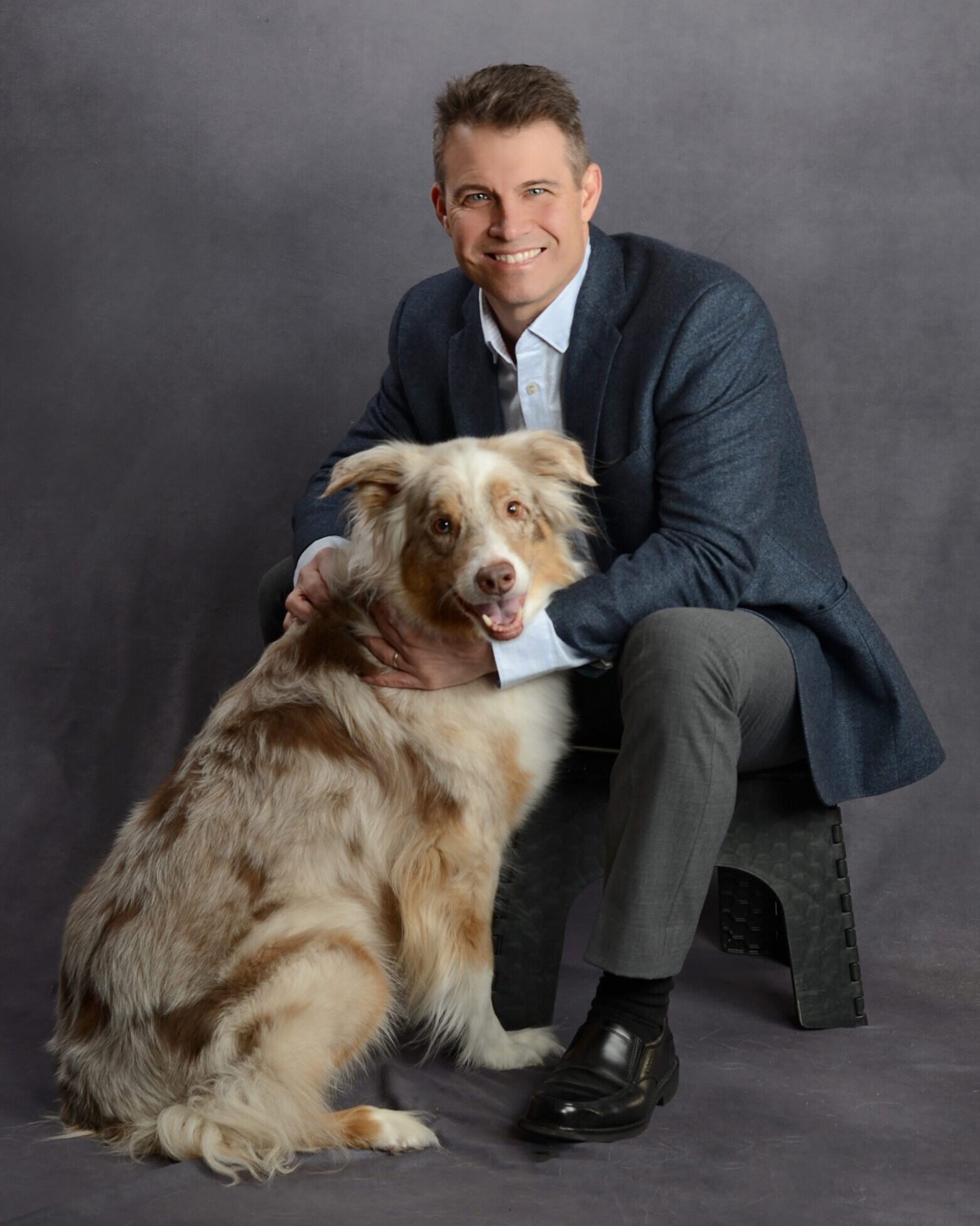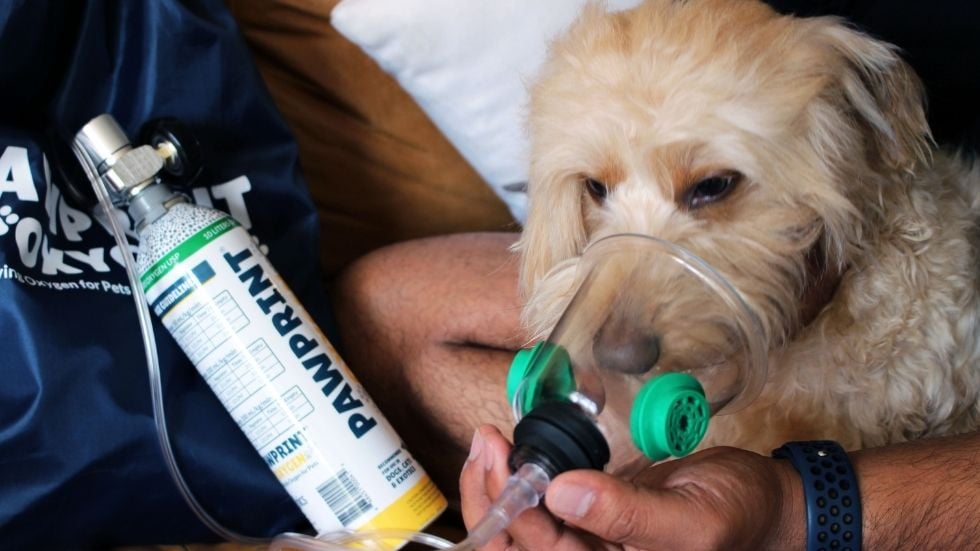Pawprint Oxygen Canisters are a source of rescue oxygen enabling veterinarians and pet parents to provide quick, on-the-spot oxygen supplementation to pets experiencing hypoxemia (lack of oxygen in the blood) and respiratory distress (trouble breathing).
As directed by an attending veterinarian, rescue oxygen can be used to help stabilize the pet and/or provide oxygen support during transport to a veterinary hospital. Pawprint Oxygen Canisters provide a safe and easy way to transport oxygen dependent pets.
The rescue oxygen system is easy to use, however, pet parents should understand and practice using the system in order to be prepared in the event of an emergency.
Rescue oxygen requires someone to administer it to the patient. This includes keeping the mask or other delivery system in place, monitoring the oxygen in the canister, and changing canisters when the gauge reads empty. It is recommended that all pet parents perform these tasks before attempting to use it in an emergency.
Each Oxygen Canister contains 10 liters of Oxygen USP which will provide 5-20 minutes of oxygen flow depending on the flow rate prescribed by your veterinarian. You will be provided with a Regulator that is pre-set to the flow rate prescribed by your veterinarian.

Directions for Use:
- Insert the Regulator into the top of the Oxygen Canister.
- Twist the Regulator clockwise ¼ turn to begin the flow of oxygen.
- Attach one end of the tubing to the barbed Regulator outlet.
- The other end of the tubing should already be attached to the Pet Oxygen Mask or another administration device e.g. oxygen e-collar ordered by your veterinarian.
- Introduce the Pet Oxygen Mask over the pet’s nose and mouth or place the hood over the head as directed.
- Replace the Oxygen Canister when the gauge on the Regulator reads “EMPTY.”
Tips on using Pawprint Oxygen Canisters:
- If there is oxygen still in the canister after the completion of treatment and transport, stop the flow of oxygen by removing the Regulator from the Oxygen Canister. The Oxygen Canister self-seals, allowing you to use the remainder of the oxygen at a later date.
- Empty Oxygen Canisters are recyclable in the “blue bin” in most municipalities.
The rescue oxygen system is not designed for long-term oxygen administration. The mask is easily deployed, however, is not practical to keep in place for extended periods of time. Similarly, the canisters are portable but they are not cost effective for extended administration.
So, while the rescue oxygen system is great for addressing emergencies and transport, conditions requiring ongoing care are best treated in a hospitalized setting. The hospitalized setting not only has the most efficient oxygen administration systems, but oxygen dependent patients tend to be critical, warranting veterinary observation and treatment beyond the oxygen.
In rare instances e.g. a pet flying from sea level to the mountains, palliative end of life care, etc. chronic or long-term home oxygen can be justified. Such care must be managed by a veterinarian and is best accomplished with an appropriate system e.g. home Oxygen Cage and home Oxygen Concentrator.
Any time oxygen is administered in a way that encloses the mouth (e.g. mask), head (e.g. e-collar), or patient (e.g. oxygen cage), overheating and adding anxiety to the pet must be avoided. If a mask is not feasible, other administration options can be considered.
If your pet will not tolerate the administration device or appears overheated, remove the device and place the tube coming from the regulator close to the pet’s mouth and nose while transporting them to a veterinarian.
About Sean Smarick, VMD, DACVECC

Veterinary Advisor

